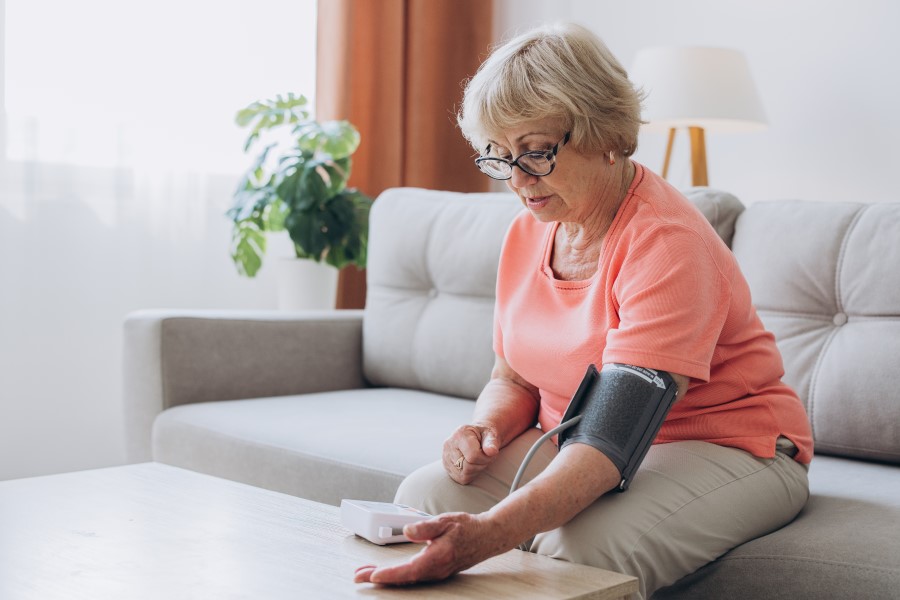What Is Remote Patient Monitoring?

What Is Remote Patient Monitoring?
RPM uses electronic devices to record your personal health information and medical data at home in between office visits. A provider reviews your data from a different location. Your care providers give you personalized support, focused on helping you make small healthy changes that are right for you. In near real time, doctors and nurses check your progress by looking at your data (e.g., blood pressure, blood sugar levels, weight) and make changes to your care plan to improve outcomes.
Let’s look at an example.
Meet Monica. She is a 68-year-old Black female with hypertension (high blood pressure), Type 2 diabetes and obesity. At a recent office visit, she had high blood pressure (BP) and mentions an increase in the frequency of mild headaches. The patient does an excellent job taking her medications, and her diabetes is well controlled. RPM is recommended to monitor hypertension. At home, a team makes sure Monica has what she needs to monitor her blood pressure. Her questions are answered, and she’s ready to get started. Monica uses her BP cuff each day. Her information is automatically uploaded to her clinical team. Based on her results, a decision is made to adjust her medications.
Benefits of Remote Patient Monitoring
A study published in the Journal of Medical Internet Research in 2020 found that RPM was associated with high patient satisfaction and improved self-management of chronic conditions. Numerous studies about the benefits of RPM have shown long-term reductions in blood pressure, blood sugar, hospital readmissions and emergency care. In addition:
- Health is improved at home, which can lead to fewer office visits and fewer medications.
- Patients improve taking their medications and following care instructions.
- Patients are empowered to achieve balance and control over their chronic conditions.
- There aren’t as many in office appointments, so less travel.
- Patient satisfaction increases.
- It allows early detection of health issues that could cause complications or hospitalization.
- Patients approve of the increased guidance, motivation and support.
- For many patients, the cost is minimal or nothing.
Remote patient monitoring with home devices is an important component of modern health care that enhances patient care. It can be overwhelming to manage your day-to-day health, but it doesn’t have to be. With RPM, you’ll feel more connected and informed while managing the progress of your health.
Note: The content of this blog is for informational purposes only. It is not intended for use as diagnosis or treatment of a health problem or as a substitute for the professional consultation of a physician or qualified health care provider. If you have specific questions or concerns regarding a health or medical condition, contact your physician or a licensed health care professional.

